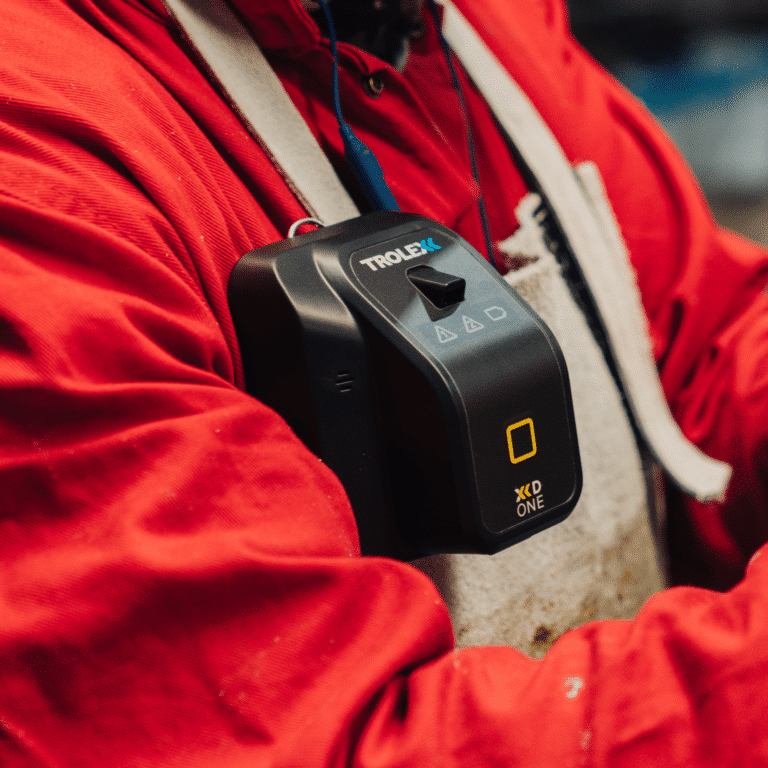In an ideal world, the risk of dangerous airborne particles simply wouldn’t exist in the workplace. We cannot understate how important respiratory protective equipment (RPE) is, even compared to all the other safety technologies available.
The proper application of the Hierarchy of Controls (HoC), though Elimination, Substitution, Engineering, Administration and personal protective equipment (PPE) would mitigate the threat and make sure that everyone was properly protected.
The unfortunate reality is that many workers still face threats from a wide range of hazardous dust and particulates, such as silica, construction dust, fibreglass, wood, asbestos and many more. Respiratory protective equipment is one of the most effective safety technologies against silica dust and other harmful inhalants.
While every stage of the HoC can play an important role in helping to make workplaces safer, it’s the final stage, the PPE/RPE – the provision and proper wearing of suitably selected and fit tested RPE – that presents the biggest challenge.
Why?
Because too often, RPE fails to provide the protection that providers or wearers think it does.
The IPPI test is a good way to make sure the RPE and PPE you provide – or have been provided – is fit for purpose. Before entering any environment where there’s a risk of harmful dust inhalation, it’s important to check whether the RPE is:
The Construction Dust Partnership (an industry collaboration that helps help construction industry contractors, employers, operatives and others manage the risk of exposure to dusts and raise awareness) says, ‘any gaps around the RPE’s edges allow the contaminant-laden air to pass straight to the nose/mouth and be inhaled into the lungs.’
For example, did you know that beards or stubble can severely impact the performance of RPE?
‘If the wearer has stubble where the RPE seals to the face, this will make an adequate seal between the skin and the RPE impossible. A lack of knowledge or understanding on how to wear RPE correctly can often lead to an unrealistic expectation of protection.’
In other words, people are working with a false sense of security. Not only must the RPE be fit for purpose, but proper training and guidance must be provided on its use – like any other piece of health and safety technology or equipment. Better would be for checks to be made before entering areas with hazardous substances.
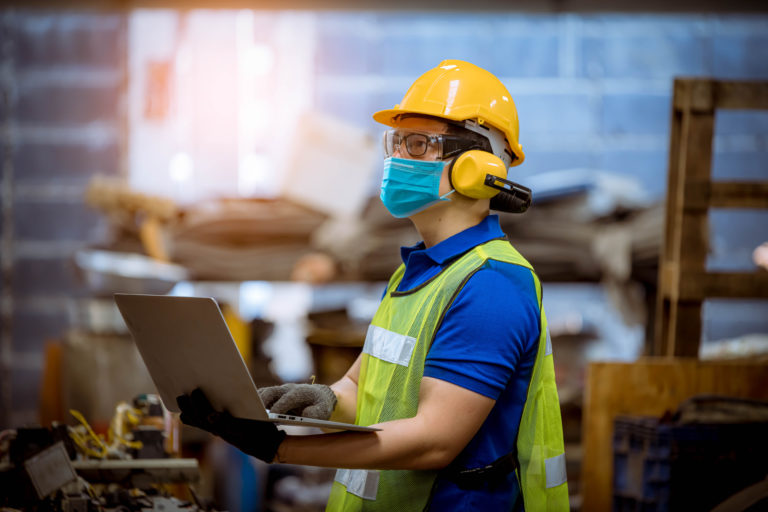
There’s nothing more dangerous than thinking you’re safe when in reality you’re not. When you’re labouring under the illusion that your RPE is protecting you from harm and all it’s doing is placing you squarely in harm’s way, it’s a big problem.
“People are not so good at assessing exposure to a risk,” says risk perception expert Ann Bostrom, of University of Washington.
It’s something we’ve seen clearly during the Covid pandemic. Masks acting as signifiers of safety rather than providing genuine protection.
A dangerous combination of availability and confirmation bias, the psychology is explained in this Forbes article, drawing comparisons between respiratory protective equipment and seatbelts. It cites a report that shows people drive faster and more recklessly when they wear seatbelts. The same applies to cyclists riding less cautiously when wearing helmets.
So what’s the answer? If industry is consistently failing to apply the Hierarchy of Controls well enough to protect workers, or even worse, lulling workers into a dangerously false sense of security, what can businesses do to properly protect their people?
The answer is surprisingly simple.
Real-time dust monitoring that gives you an accurate, realtime understanding of the dust threat you and your workers face.
Properly detecting previously unseen and undetectable threats – seeing it as a real danger, not abstract – allows you to properly challenge it. And in the process, your RPE reclaims its proper protective value – a specific, contextual and essential value.
To be clear, dust monitoring is not a reason to not wear RPE and PPE, but it can make sure you’re aware when the environment changes and whether your equipment is appropriate for the situation you find yourself in.
Instead of being taken for granted, worn out of habit, ‘just in case’ or ‘because that’s the way we do it,’ RPE transforms from dangerous IPPI to safe APPW.
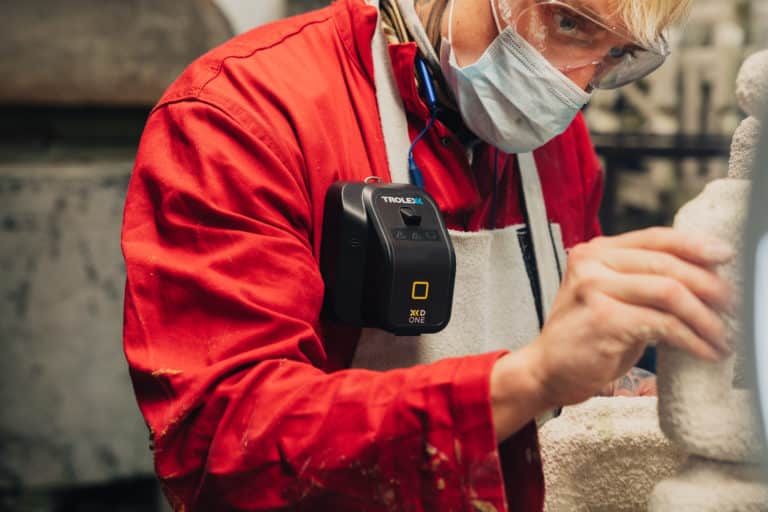
Instead of IPPI equipment, APPW is respiratory protective equipment that’s:
Get in touch today to find out more about how our new AIR XD Dust Monitor, XD ONE Portable Dust Monitor, XD1+ Personal Dust Monitor and AIR XS Silica Monitor – accurate, simple to use, easy to maintain, real-time particulate detection technology – helps your teams use their RPE more effectively.
As any responsible employer knows – a clear threat to the health and welfare of your staff demands a clear response.
In industries such as construction, mining, tunnelling and manufacturing, the obvious risks to health posed by clouds of workplace dust can be tackled in new and different ways. Some precautions and protections include:
With more awareness of the dangers of dust inhalation, these protections become more effective as they are applied more extensively across different scenarios and environments.
However, dust monitors and other other equipment are only part of the story.
More dangerous than the dust you can see, is the dust you can’t see.
Dust can reach beyond the frontline workers benefiting from protection to threaten support and ancillary staff nearby.
An unfortunate consequence of focusing efforts solely on frontline workers is there are other members of the team who aren’t monitored and protected. Plant and equipment operators working in enclosed cabins, for example, might assume they’re safe but, with microscopic airborne hazards so hard to detect, they’re still exposed to serious amounts of risk.
This is one of the main reasons for the introduction of a new international standard for a consistent approach to designing, testing, operating, and maintaining the air-quality systems of operator enclosures – ISO 23875.
A standard that recognises and responds to the extent of the dangers caused by dust right across a working environment.
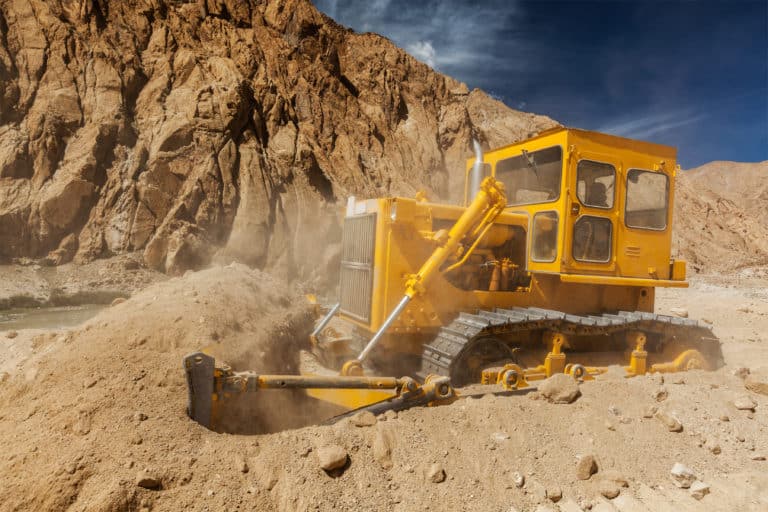
It’s a move that’s been welcomed across the board, with the Australian Mining Safety Journal and Mining Review Africa writing, ‘the new standard is likely to place a greater emphasis on the air quality inside the cabin than previously addressed.’
A recent ISO workshop run by Jeff Moredock, Lead at the ISO Working Group, advertised that the new cabin air standard will ‘Improve operator alertness, create a safer work environment and increase productivity.’
Of course, the big question is how do you properly assess the air quality in your cabin? How can you enforce a new and improved standard if you’re not able to accurately record particulate levels in real time?
This makes the introduction of new, wearable or in-cab, real-time dust monitoring technology, such as the XD ONE Portable Dust Monitor, so timely.
The XD ONE is low cost, lightweight, easy to use, easy to maintain and 5 times more accurate than other devices. It continually measures every particle from as small as 0.38 to 40 μm. By issuing every operator an XD ONE, they’re constantly reading the air quality in their immediate environment and instantly alerted to any danger.
In the past, dust monitors were large, clunky pieces of technology that needed to be placed in an area you expected to be hazardous. This was time consuming and took multiple workers to place, set-up and maintain and was inaccurate and often not in real time.
As this equipment has developed, it can now be worn by workers to monitor the dust particles in the space directly around their airways.
The XD ONE Portable Dust Monitor also delivers results in real-time, making it an important part of any safety system or process. Dust can be released at any point and isn’t always noticeable. It can also travel long distances on very slight air currents, so the more warning employees have, the better they can react.
With new regulations pushing for better safety measures and standards in hazardous workplaces and environments, you need to stay on top of everything. Your workers will also benefit, and this keeps them working for longer.
Get in touch today for more details on how the XD ONE Portable Dust Monitor can help you align with ISO Standard 23875 as well as protect workers across your whole site from the danger of microscopic airborne dust.
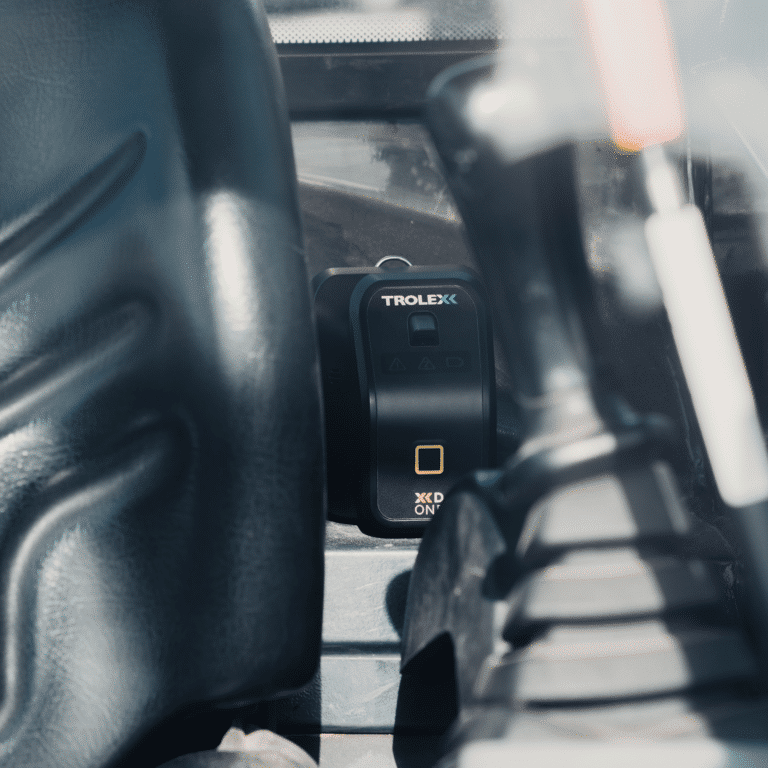
The IOSH Construction Group Committee Construction Dust Survey makes for sobering reading. Firstly, it highlights the fact that much more needs to be done to increase awareness of the dangers of dust from an employees perspective:
“Dust causes a lower level of concern among employees than the more immediately noticeable dangers of construction, such as falls…they do not perceive it as a significant immediate risk to their wellbeing unlike falls from height, equipment etc.”
It also highlights a lack of awareness from the industry as a whole. Of 618 health and safety professional respondents, ‘44.6 percent thought that the industry gave little or no priority to the issue, and a similar proportion (42.4 percent) felt that it received the same priority as other health issues.’
And even when awareness exists, the report found that compliance is weak.
‘54.0 percent of respondents indicated that workers sometimes fail to follow prescribed methods of work. Over a third of respondents (36.2 percent) indicated that this happened most or all of the time.’
So what’s going on? Why, even when employers and their onsite teams are in possession of the facts, do they too often choose to ignore the dangers posed by dust?
Dangers that lead to 10 deaths a week from lung cancer caused by silica dust, let alone the other illness and premature death from other cancers, silicosis, asthma and chronic obstructive pulmonary disorder (COPD).
You’ll be familiar with the concept of cognitive dissonance, ‘the state of discomfort felt when two or more modes of thought contradict each other’.
Like knowing smoking is bad for you, but continuing to smoke.
Like, “we know dust is dangerous but there’s no convenient, low-cost alternative to handling the risk. So we’ll stick with what we’ve always done.”
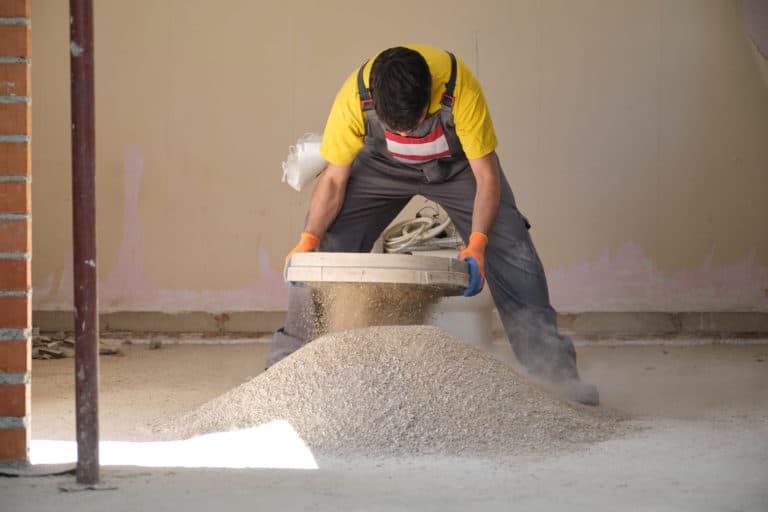
Barriers to change
There’s a lot to learn in the Construction Dust Survey.
More than anything, it’s highlighted that despite being increasingly aware of the dangers, people aren’t taking action.
Somehow, industry has convinced itself that the culture and adoption of, the management of, and the cost, complication and general hassle of creating a safe working environment is more trouble than just leaving things be.
Here are just some of the barriers to change noted in the survey:
Culture: The culture of the industry, and its ‘traditional’ view of dust as an expected or normal part of construction work, can be a significant barrier.
Use: Workers often view the controls as cumbersome, impractical, affected by poor maintenance or giving rise to other risks. This deters use.
Employees: Implementing controls effectively depends on good management and supervision. Operators generally choose not to use controls.
Management arrangements: In general, the industry does not seem to manage dust control issues adequately. Comments refer to a link between the management priority given to this issue and the corresponding conditions found on-site.
Cost: Dust control is often viewed as labour-intensive, expensive, time-consuming and a nuisance that slows work.
‘The industry creates this risk. It now needs to acknowledge it, own it and deal with it.’
It somehow seems that as awareness increases, industry seems to think a cultural shift towards safer working environments will run its own natural course over time.
“It is like wearing a hi-vis 15 years ago or hard hats. It took years for the culture to change.” says a contributor to the report.
Fortunately, we’ve taken a far more proactive approach.
What if we could fast track that safer working environment?
What if that cognitive dissonance could be eased instantly and increased awareness could be achieved overnight? And what if you only ever had to use dust control methods when you actually needed them?
It’s hard to not be aware of something when an alarm is screaming in your ears and bright lights are flashing.
Well, here’s the thing.
A low-cost, simple-to-use, personal alarm would help solve the problem overnight.
All those adoption and implementation objections, all the excuses and all those barriers to change would evaporate. Instantly.
And here’s another thing.
That low-cost, simple-to-use, personal alarm exists.
It’s new and it’s here.
The XD ONE Portable Dust Monitor.
Get in touch today and we’ll tell you everything you need to know about how real-time dust and silica monitoring technology can protect your workers from the threat of preventable disease.
